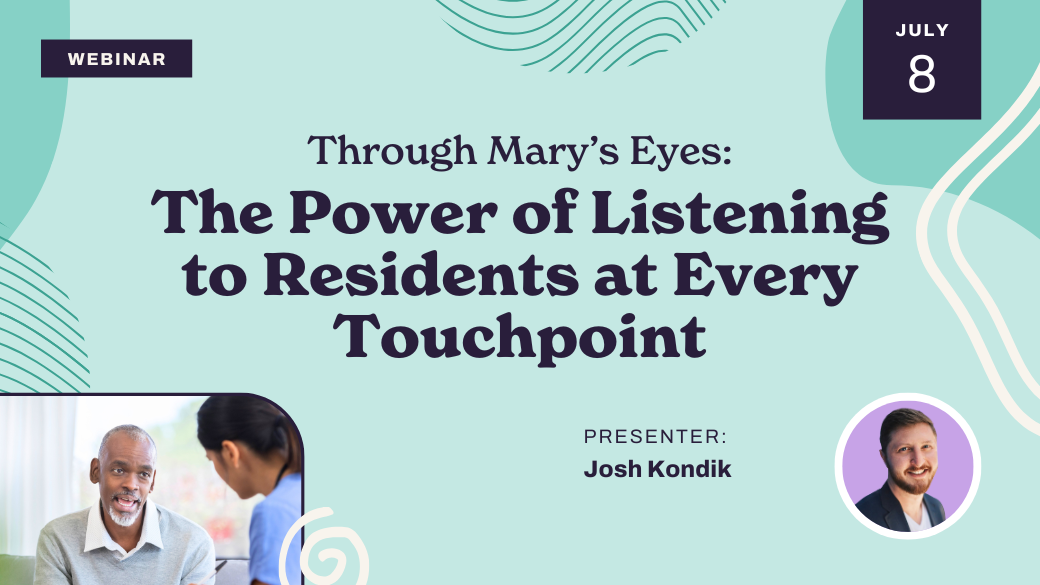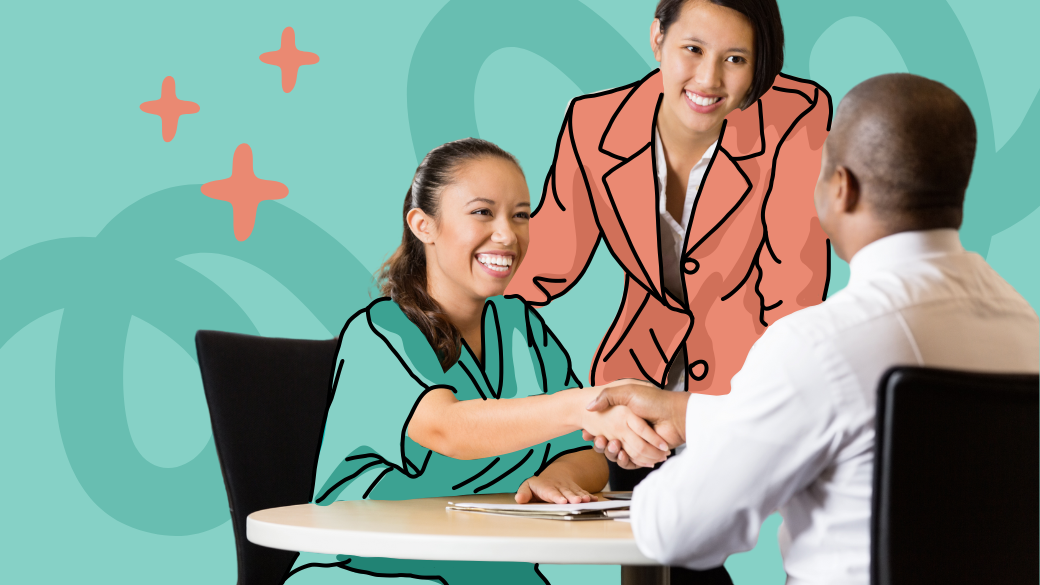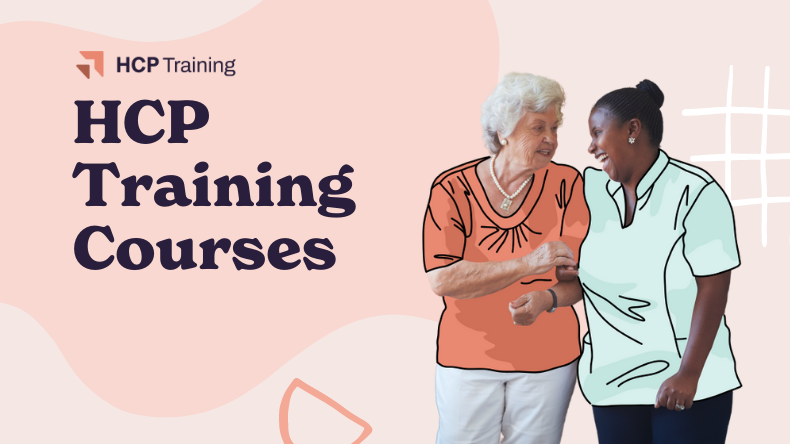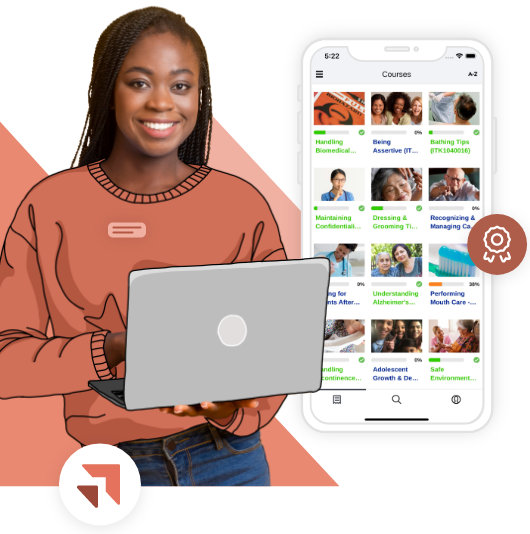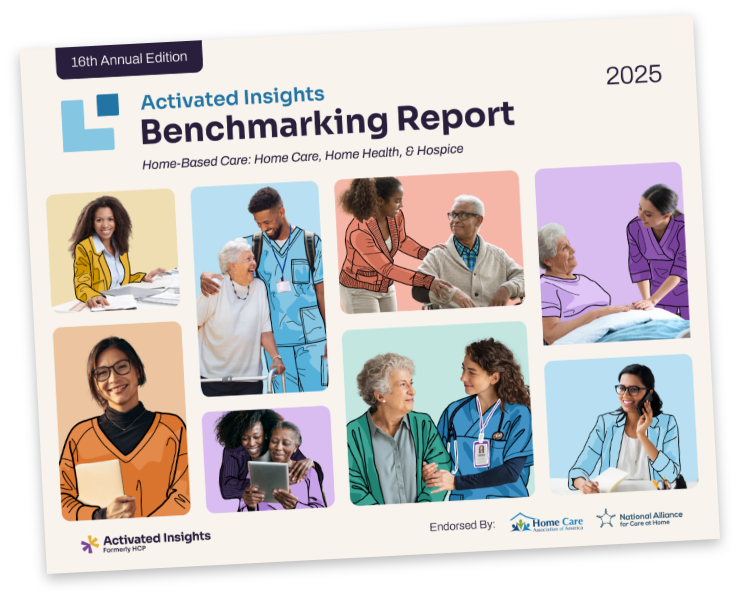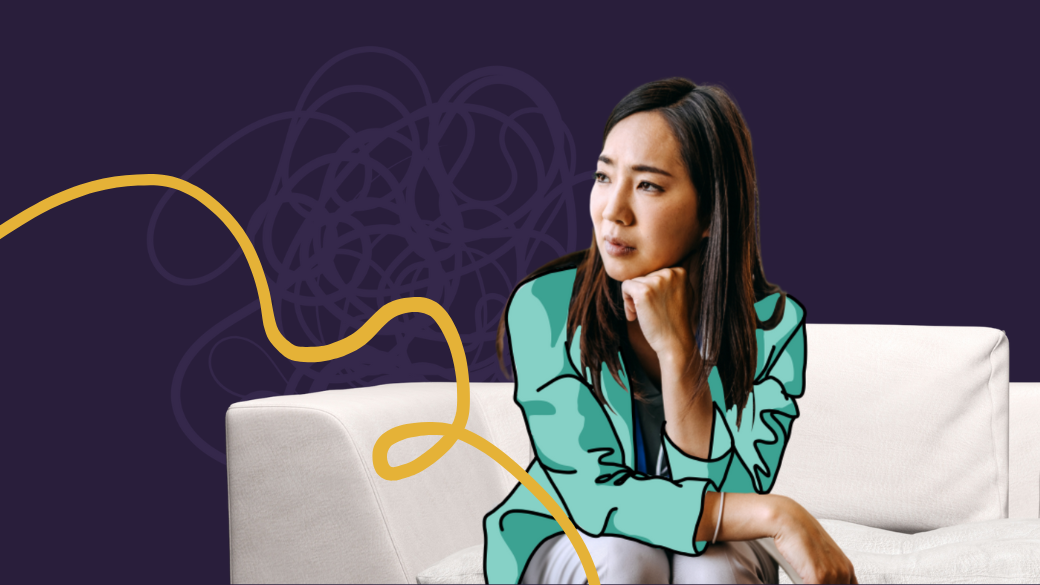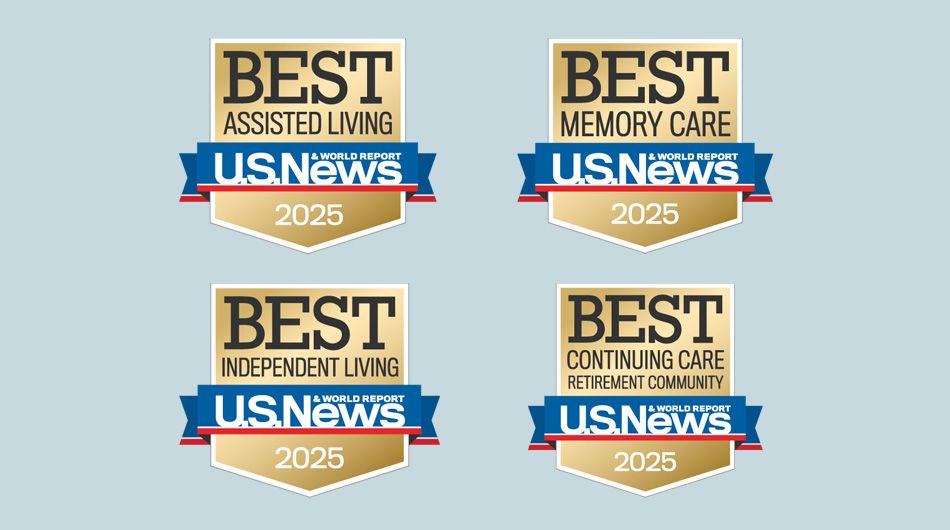It was recently Health Literacy Month, a time when professionals in the healthcare industry are meant to focus on promoting the individual patient’s knowledge about their own health conditions.
As a nurse, it would be simple for me to write about how to improve the health literacy of your patients. But what about the health literacy of their loved ones who may also be assisting in their care? What about the healthcare professionals taking care of these patients? Should we assume that every professional is a master of their craft and does not need to learn anything more in their career to adapt to the ever-evolving medical arena?
Let’s all take a step back and think about health literacy as it applies to everyone.
The U.S. Department of Health and Human Services created the Healthy People 2030 campaign based on health literacy. Healthy People 2030 published the following definitions:
Healthy People 2030 expands to explain that personal and organizational health literacy should be assessed at any given time and repeated to ensure education is ongoing. The point is to constantly re-examine ourselves, whether on a personal or broader organizational level.
Whether your focus is on what the patient or their family caregiver knows about their existing health conditions and how to manage them, or yourself and your own health conditions, use these tips to promote health literacy every day. Remember that effective health literacy allows individuals to be in charge of their own life in a new, powerful way.
Finding, understanding, implementing, & sharing knowledge, no matter the underlying topic, is the key to harnessing that power and expanding health literacy.
Find the knowledge
Gather your resources. Think of the reputable references you would use to research a disease process or symptom that required acute attention. Ask yourself:
Resist critiquing. Patients and caregivers may come prepared with questions inspired by articles they have reviewed from a non-reputable internet source. As healthcare professionals, it is important that we do not dampen their excitement for healthcare education. It is critical that we direct them to reputable education sources. Remember to be the map creator and not just the map critique when someone delivers you information from potentially misleading sources.
On that note, make a map of reputable sources for health information and use them to research and find the correct answers. We are all guilty of internet searching our favorite browser for a topic and only reading the first 3 hits, but go beyond the normal and create a new, effective map that really finds that needed knowledge on vital health topics. Help close the gap and adapt to the right audience, especially as you increase your own health literacy as a clinician. Start with these popular, reputable sources:
Understand the knowledge
Once you create the right map of health information, make sure that everyone reading that map really understands it. Do you know how to convey the new knowledge or give those map directions to someone else?
Think about this from the perspective of a patient trying to increase their own health literacy in relation to their current health condition, as well as the clinician expanding their knowledge. Knowledge is only powerful when you truly understand how it can be used and applied to your everyday life and functioning.
Ask your patients (or yourself) questions to prove their understanding:
Adapt health information for comprehension when needed. You would not give a patient with reading difficulties an encyclopedia of information to read, but instead provide them with visual aides and verbal discussions. Take advantage of modern technology to promote understanding and utilize videos, podcasts, or even webinars like these sites offer:
Implement the knowledge
Once you or your patient understand the map, ensure everyone can follow it. A patient newly diagnosed with diabetes who becomes insulin dependent has to show that they know how to monitor their blood glucose and inject their insulin safely.
Check for positive outcomes. Is the map leading in the right direction? Are there tangible outcomes that show a health condition is either improving or well-managed? Health literacy is an ongoing process and even well-educated patients and their clinicians can always learn more and continue their research for knowledge on their condition.
Create detours when negative outcomes occur and adjust the direction of the map. If that same diabetic patient was having a difficult time taking their blood sugars and ready to give up on their sore fingers, do they know that they have other options to manage their condition? Are they aware of other resources like an insulin pump therapy that would be easier to use?
Remember that part of health literacy and successful knowledge implementation is adapting to continue your research when needed.
Share the knowledge
See one, do one, teach one. Once you acquire an effective knowledge base wherein you find, understand, and are using knowledge, don’t just keep it to yourself. Share it, teach it, explain it to someone else. Everyone can become a teacher and help the next person create their own map and improve their health literacy:
Adapt to find the path forward
Take this month, and every month following, to push yourself and your patients and improve health literacy. Remember that health information changes frequently, just as maps adjust to new roads. Know how to find the right health information that you need, understand that information, effectively implement it to create positive outcomes, and share the health literacy that you’ve gained.
Next steps:
Related Posts




